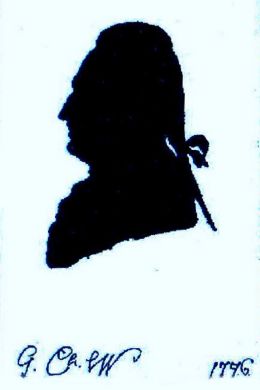

Wagenseil's talents as a composer and keyboard performer were recognized by J. J. Fux, who took him on as a pupil in 1735; he also studied at that time with Matteo Palotta. In 1739 he became court composer, holding the position for the rest of his life. In 1749 he was appointed Hofklaviermeister to the imperial archduchesses. His music was widely known; a good deal of it was published in Paris. Mozart and Haydn were both familiar with his music. His first opera, Ariodante, was produced in Venice in 1745. Some of his own pupils went on to achieve success: F. X. Dusek, Leopold Hoffmann, and J. A. Stepan. His compositions include several operas, three oratorios, Masses, cantatas, other sacred vocal music, symphonies, harpsichord concertos, other solo concertos, chamber music for strings alone or with keyboard or winds and numerous solo keyboard pieces. He also wrote Rudimenta panduristae oder Geig-Fundamenta (Augsburg, 1751), a theoretical treatise.
I am most grateful to the composer's desendant, Hr Christoph Wagenseil, for having brought to my attention that the portrait below, widely published as that of the composer, is in fact a portrait of Johann Christophorus Wagenseil (1633-1705), a distant relative. The only known portrait of the composer is the silhouette appearing above. Hr Wagenseil's genealogy of the family is found at: Wagenseilscher Stammbaum seit 1485